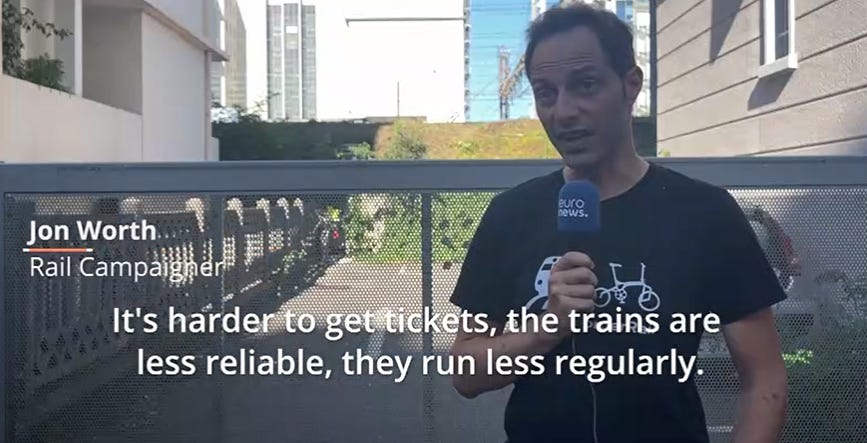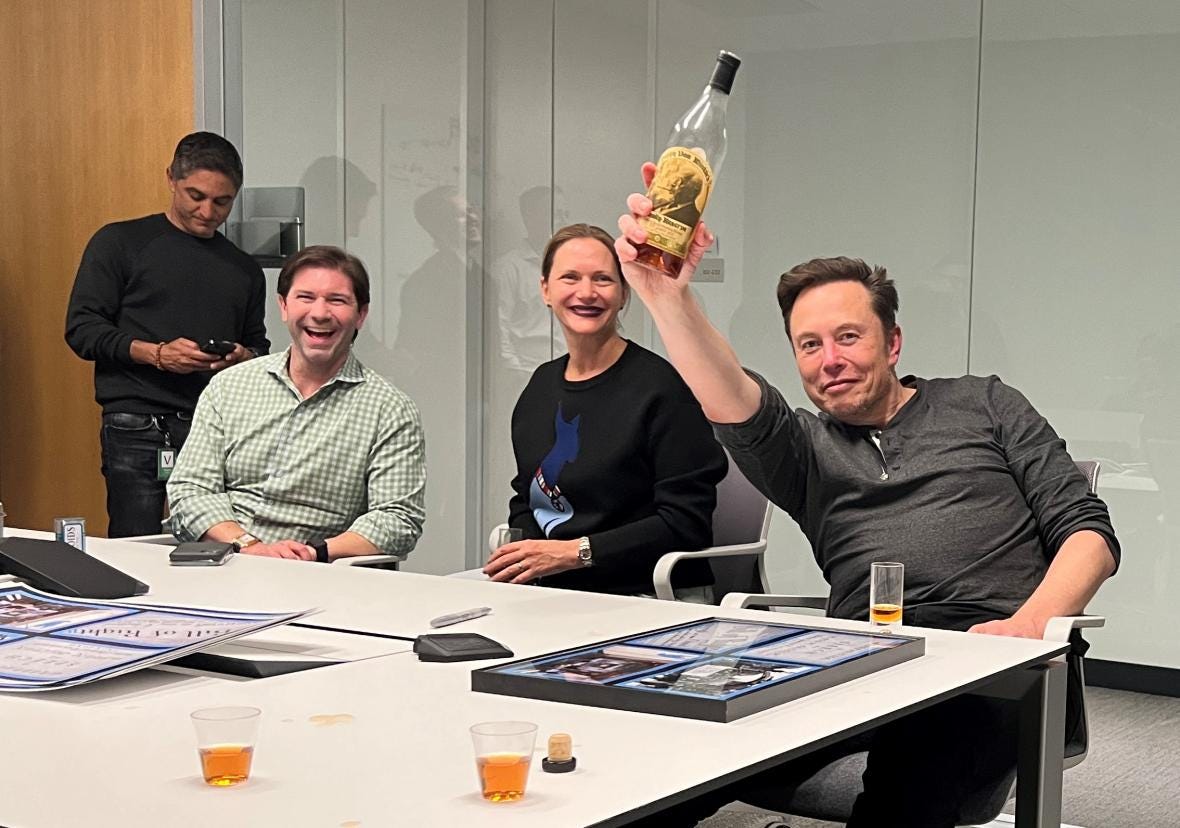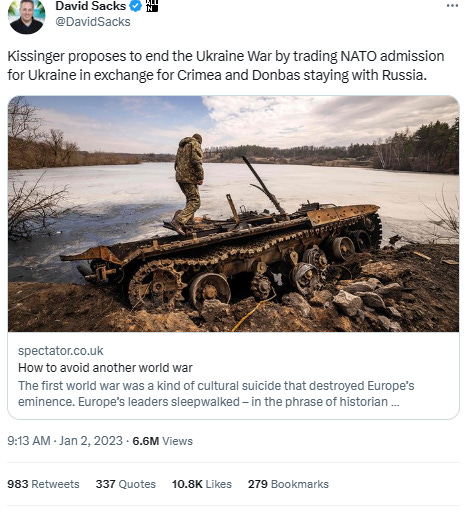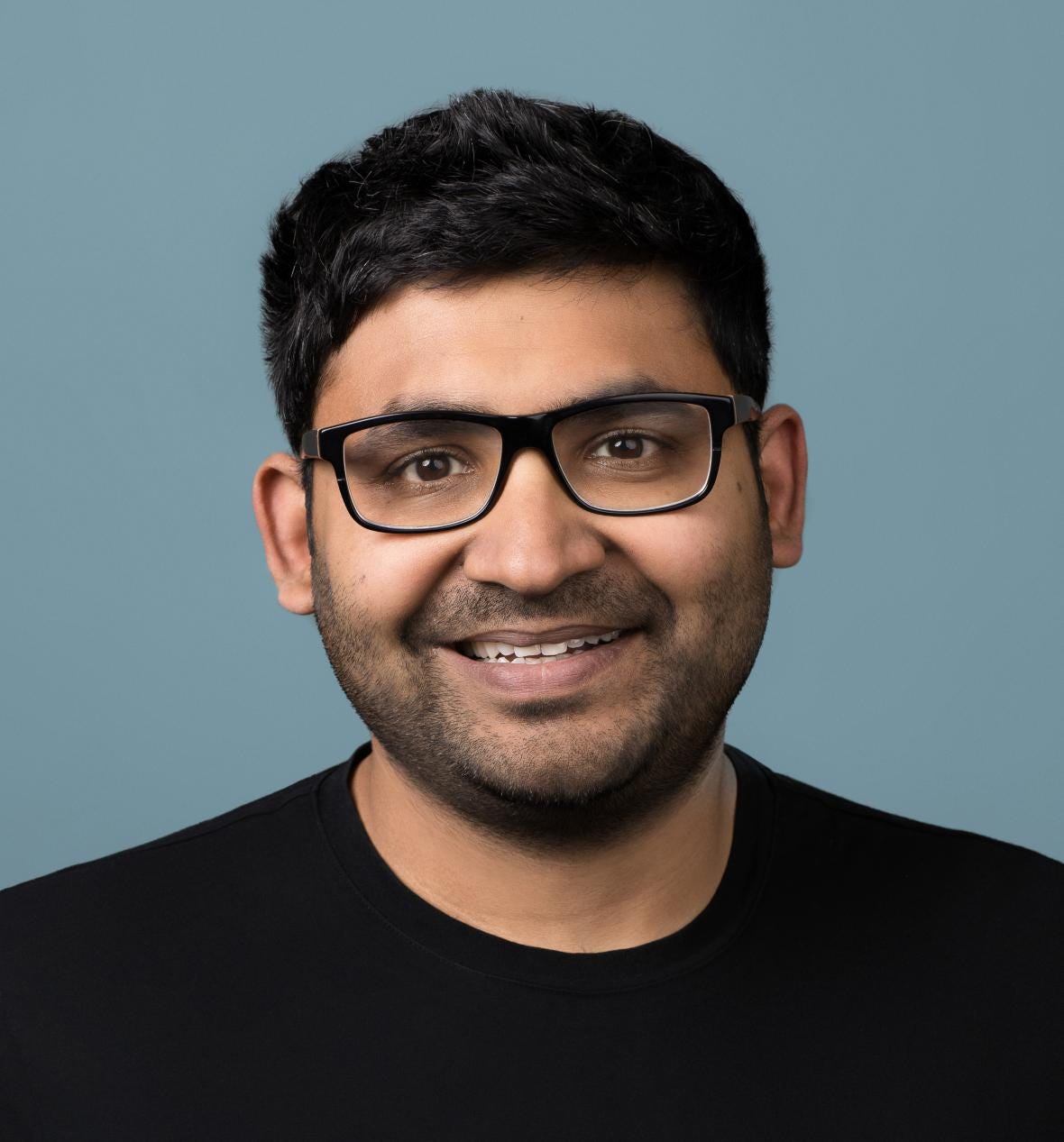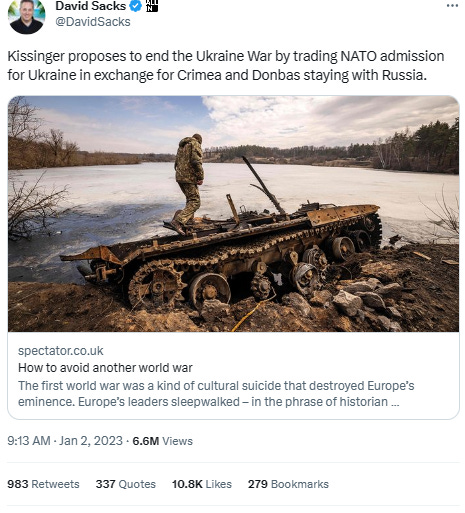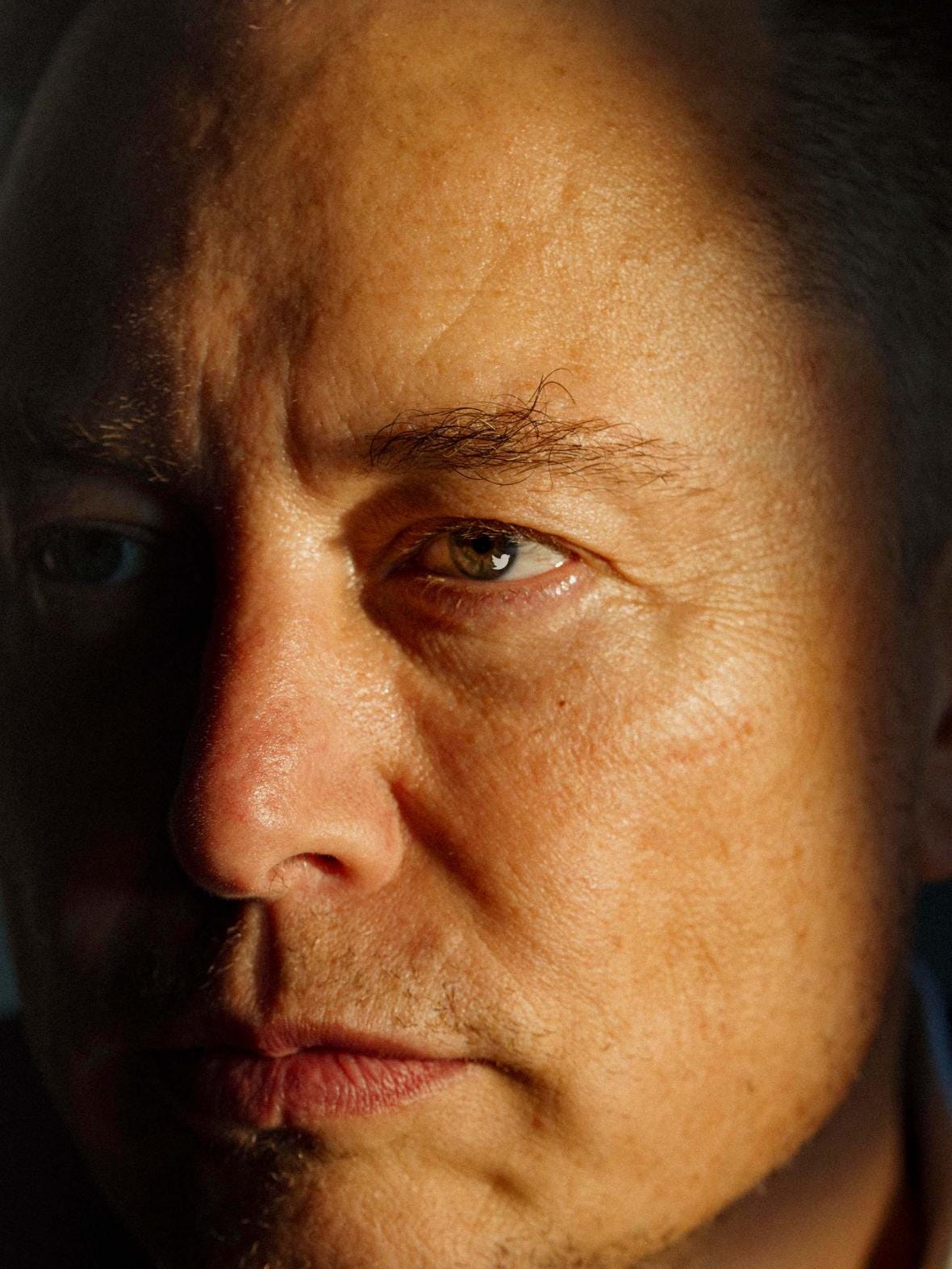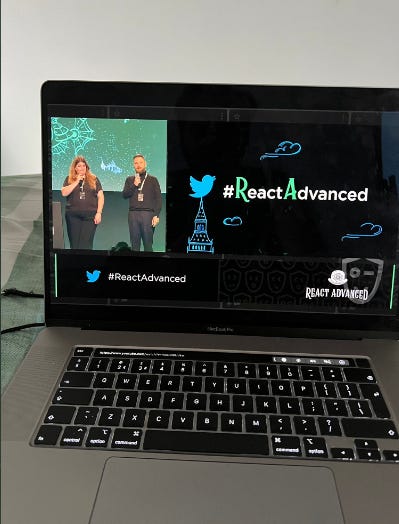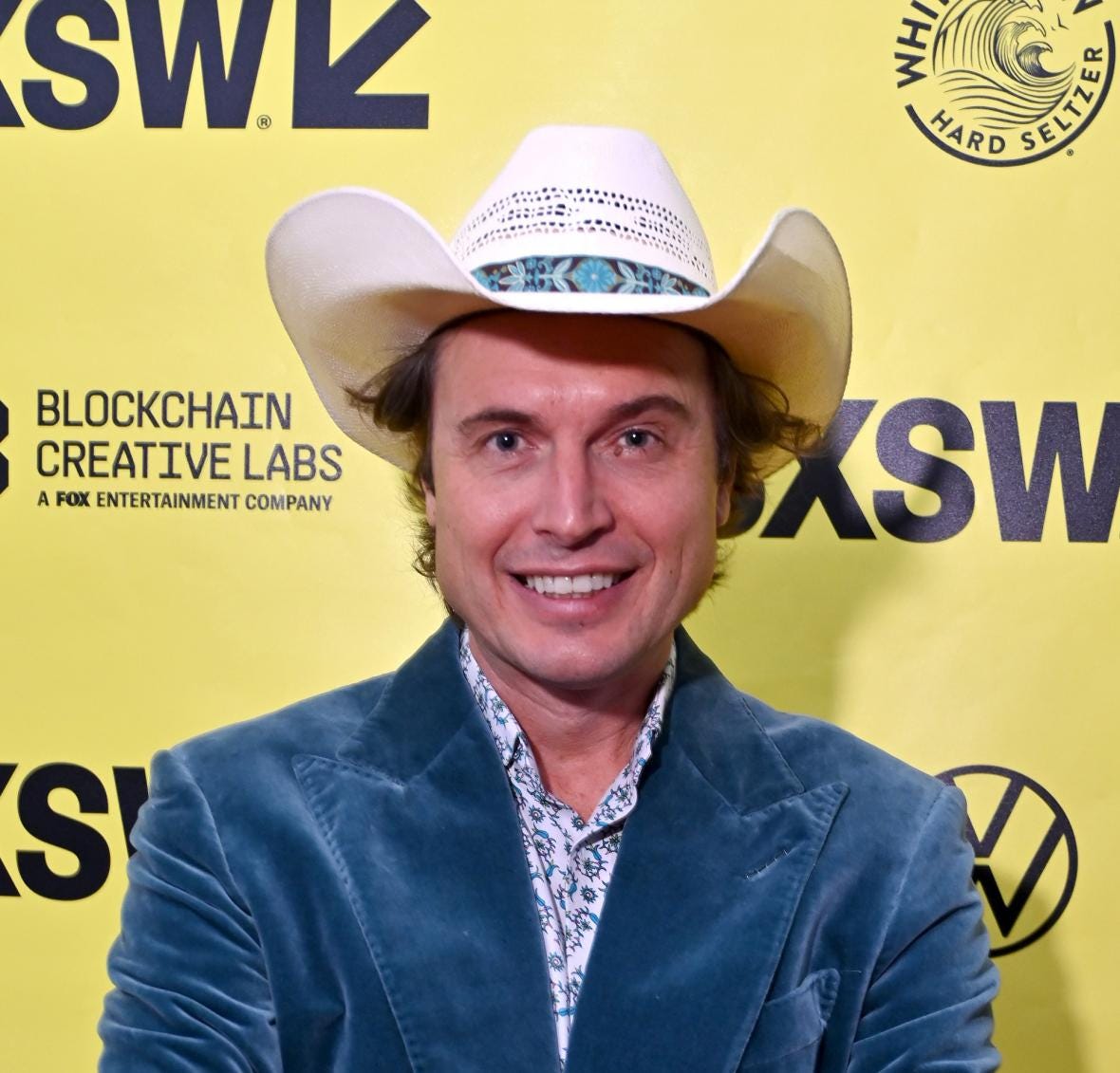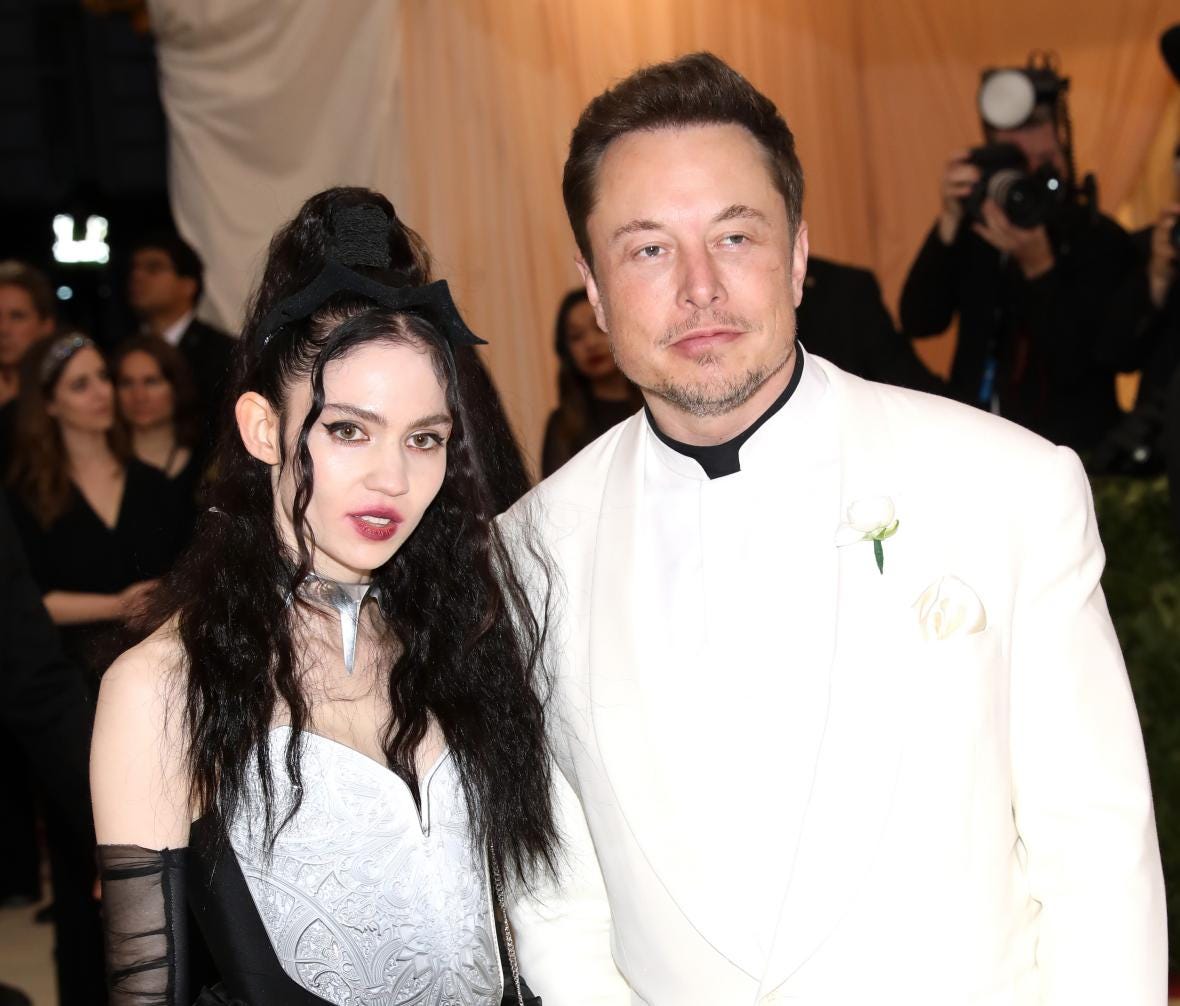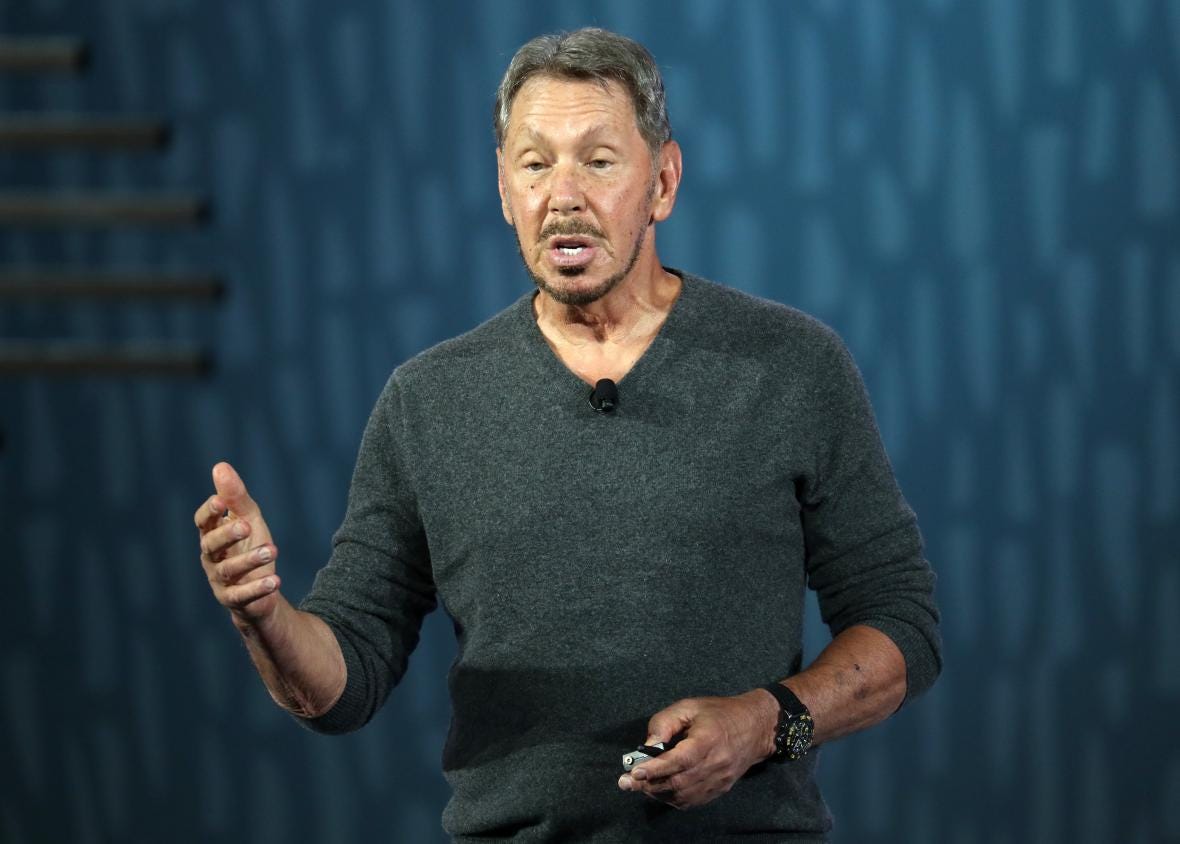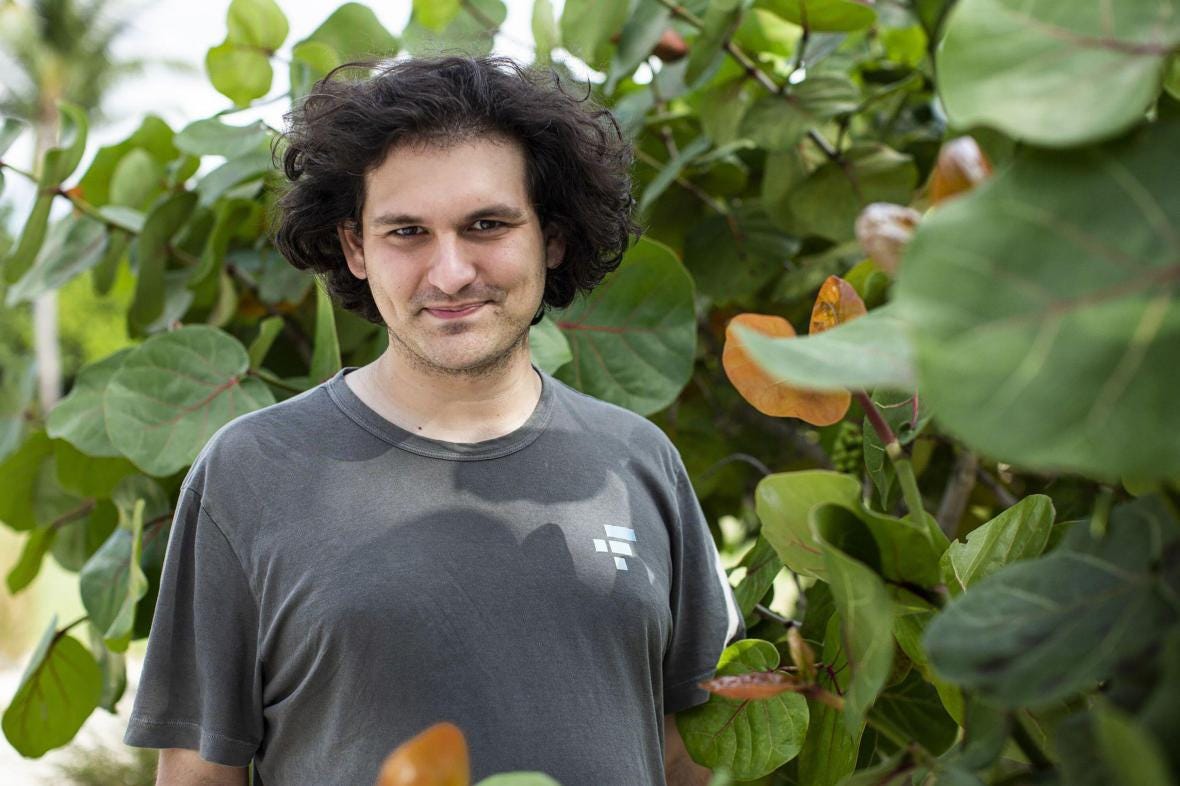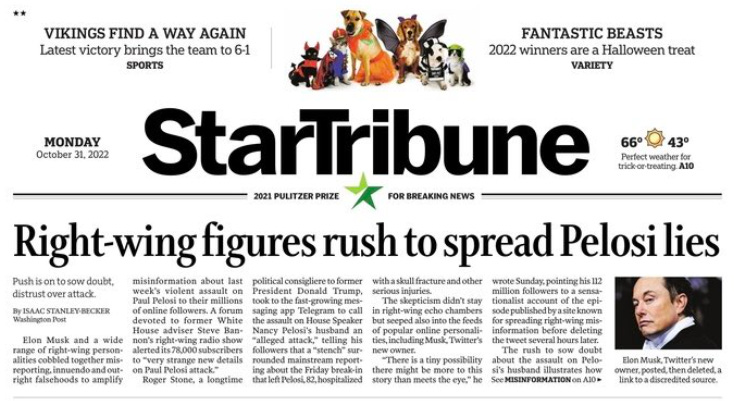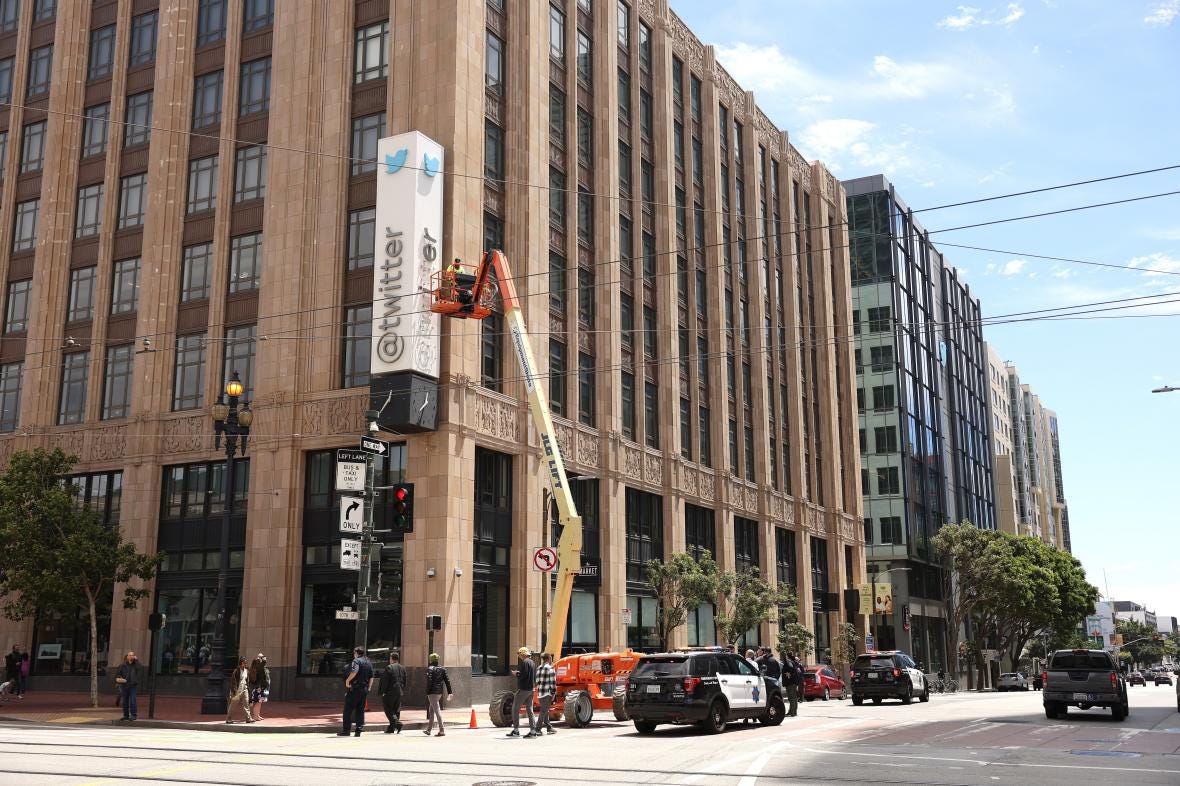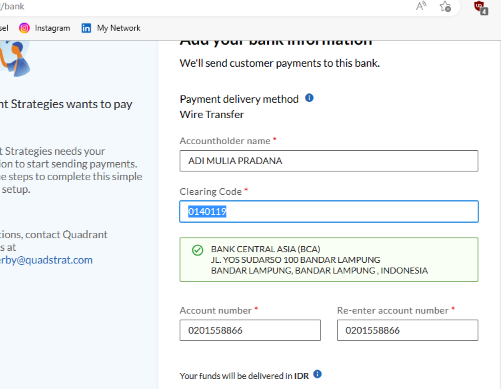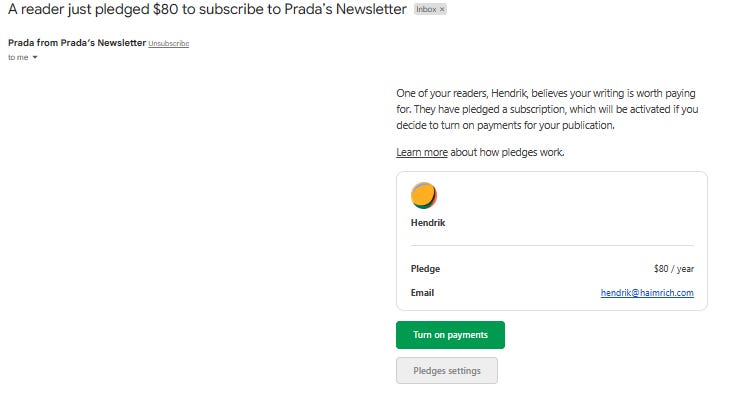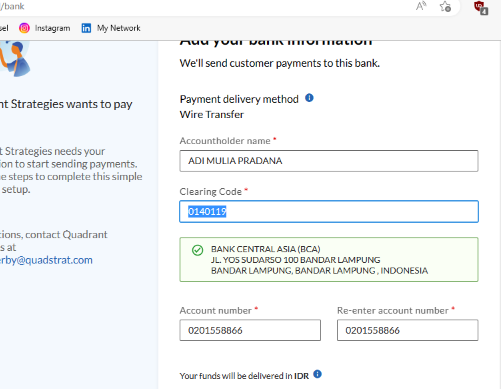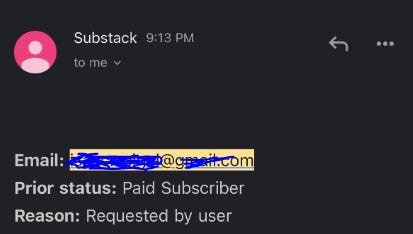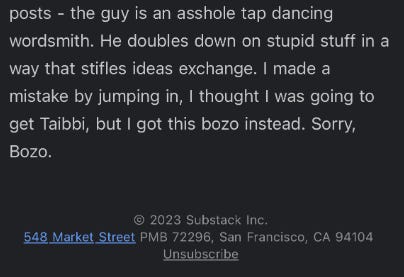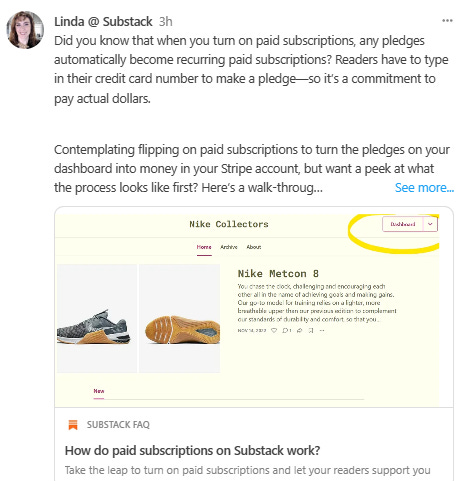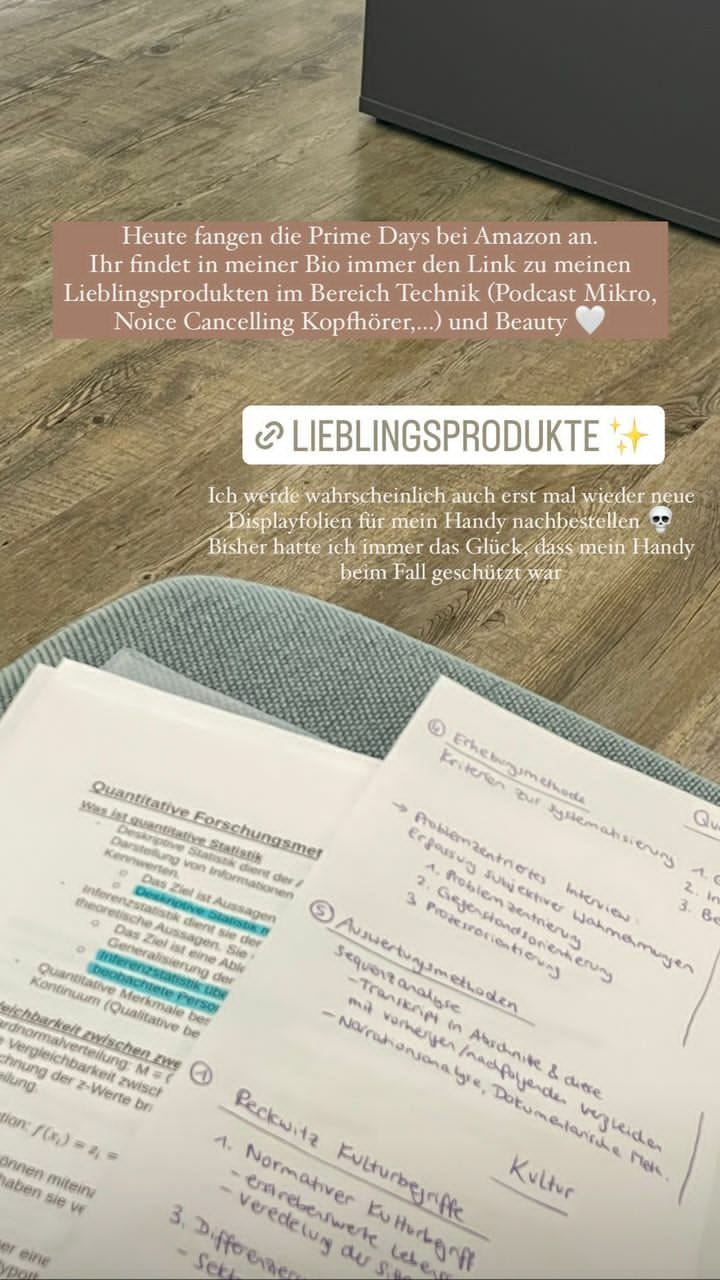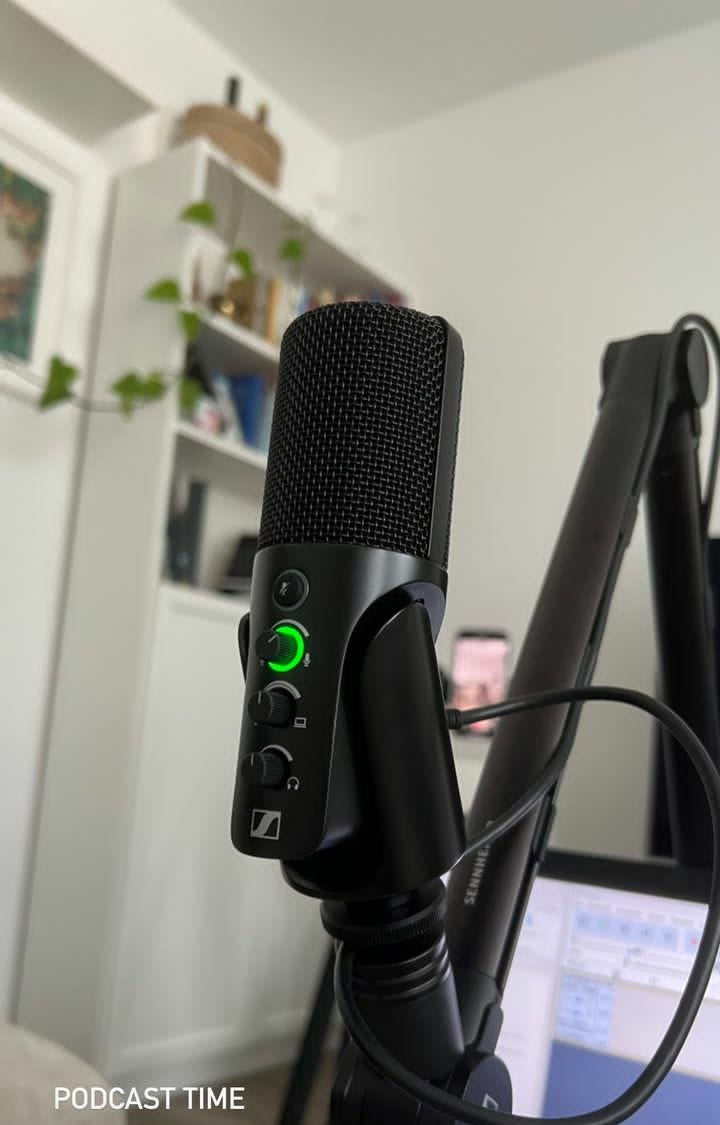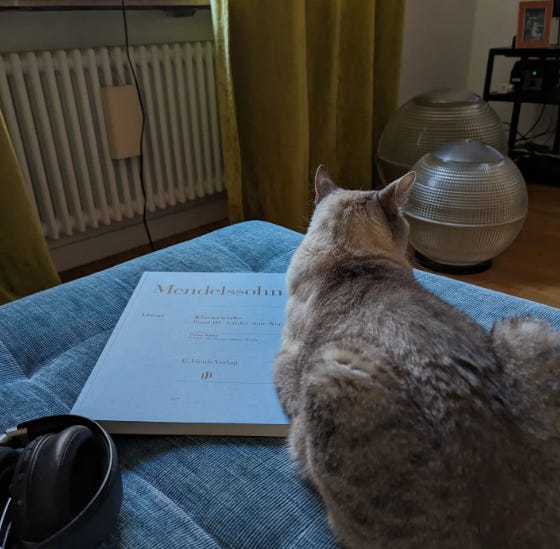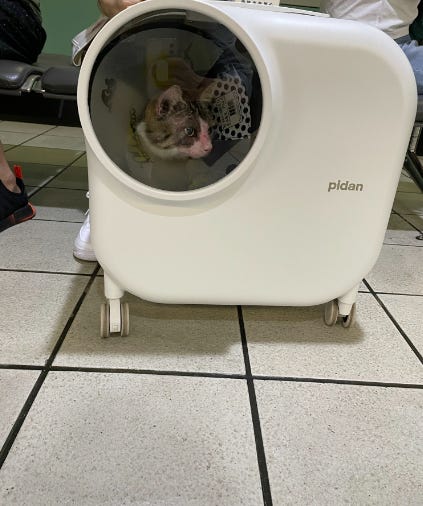London 9.09am
April 2022 things were going surprisingly well for Elon Musk. Tesla stock had risen fifteenfold in five years, making it worth more than the next nine auto companies combined. SpaceX in the first quarter of 2022 launched twice as much mass into orbit as all other companies and countries combined. It’s Starlink satellites had just succeeded in creating a privately owned internet, providing connectivity to 500,000 subscribers in 40 countries, including Ukraine. It promised to be a glorious year, if only Musk could leave well enough alone. But that was not in his nature.
Shivon Zilis, who manages Neuralink (Musk’s company working on implantable brain-computer interfaces) and is the mother of two of his children, noticed that by early April he had the itchiness of a video-game addict who has triumphed but can’t unplug. “You don’t have to be in a state of war at all times,” she told him that month. “Or is it that you find greater comfort when you’re in periods of war?”
“It’s part of my default settings,” he replied. As he put it to me, “I guess I’ve always wanted to push my chips back on the table or play the next level of the game.”
This period of unnerving success coincided, fatefully, with a moment when he had exercised some expiring stock options that left him with about $10 billion in cash. “I didn’t want to just leave it in the bank,” he says, “so I asked myself what product I liked, and that was an easy question. It was Twitter.” That January he had confidentially told his personal business manager, Jared Birchall, to start buying shares.
Elon started the process of bought Twitter on April 25th, 2022.
The way that Musk blustered into buying Twitter and renaming it X was a harbinger of the way he now runs it: impulsively and irreverently. It is an addictive playground for him. It has many of the attributes of a schoolyard, including taunting and bullying. But in the case of Twitter, the clever kids win followers; they don’t get pushed down the steps and beaten, like Musk was as a kid. Owning it would allow him to become king of the schoolyard.
More than two decades earlier he had started a company called X.com, which he wanted to make into an “everything app” that would handle all of a person’s financial transactions and social connections. When it merged with the PayPal payment service, Musk fought furiously to keep X.com as the name of the combined company. His new colleagues resisted. PayPal had become a trusted brand name, with a friendly chirpiness similar to that of Twitter, whereas the name X.com conjured up visions of a seedy site you would not talk about in polite company. Musk was ousted and he remains unwavering to this day. “If you want to just be a niche player, PayPal is a better name,” he says. “But if you want to take over the world’s financial system, then X is the better name.”
Musk and his lawyers celebrate the closing of the Twitter deal with a bottle of bourbon. X / Twitter sued Wachtell, Lipton, Rosen & Katz Wachtell, Lipton, Rosen & Katz, a leading corporate law firm, by profits per equity partner it is the most profitable law firm in the world today, and no.56 biggest law firm by total revenue, this month over what it said were unjust payments related to Elon Musk’s US$44 billion acquisition of Twitter / X.
Technology investor, podcaster and co-founder — with Elon Musk — of PayPal David Sacks is currently at Musk’s side in planning the next steps for Twitter.
By the time he started buying its shares, Musk saw Twitter, whose name he likewise felt was too niche and precious, as a way to fulfil his original concept. “Twitter could become what X.com should have been,” he told me that April, “and we can help save free speech in the process.”
By then a new ingredient had been added to this cauldron: Musk’s swelling concern with the dangers of what he called the “woke-mind virus” that he believed was infecting America. “Unless the woke-mind virus, which is fundamentally antiscience, antimerit and antihuman in general, is stopped, civilisation will never become multiplanetary,” he told me gravely.
Musk’s anti-woke sentiments were partly triggered by the decision of his child Xavier, then 16, to transition. When Musk found out he was generally sanguine but then she became a fervent Marxist and broke off all relations with him. “She went beyond socialism to being a full communist and thinking that anyone rich is evil,” he says. The rift pained him more than anything in his life since the infant death of his firstborn child, Nevada. “I’ve made many overtures,” he says, “but she doesn’t want to spend time with me.”
He blamed it partly on the ideology he felt that Jenna imbibed at Crossroads, the progressive school she attended in Los Angeles. Twitter, he felt, had become infected by a similar mindset that suppressed right-wing and anti-establishment voices. When his children were younger, he sent them to a school that he had created for family and friends in one of SpaceX’s factories in Hawthorne, California, called Ad Astra. “They went there until they were about 14, but then I thought they should be introduced to the real world for high school,” he says. “What I should have done is extend Ad Astra through high school.”
The former CEO Parag Agrawal
One night after it became public that he was buying Twitter stock, Musk called Parag Agrawal, the software engineer who had taken over from Jack Dorsey as Twitter CEO. They decided to meet secretly for dinner on March 31, along with Twitter’s board chairman, Bret Taylor.
Musk found Agrawal to be likeable. “He’s a really nice guy,” he says. But that was the problem. If you ask Musk what traits a CEO needs, he would not include being a really nice guy. One of his maxims is that managers should not aim to be liked. “What Twitter needs is a fire-breathing dragon,” he said after that meeting, “and Parag is not that.”
Musk hadn’t yet thought about taking over Twitter himself. At their meeting Agrawal invited him to join Twitter’s board and he agreed. For a brief couple of days it looked as if there would be peace in the valley.
Luke Nosek, David Sacks, and Ken Howery, Musk’s close friends and fellow PayPal co-founders, paced around the mezzanine workspace of the Tesla factory and headquarters in Austin on the afternoon of April 6, the day after the announcement that he was joining the Twitter board. They were wary. “It’s probably a recipe for trouble,” Musk merrily conceded as he sat down at a conference table overlooking the assembly lines. “It’s very clear that the inmates are running the asylum,” he said of Twitter’s workers.
MARK MAHANEY / REDUX / EYEVINE
He repeated his simple view that it would be good for democracy if Twitter stopped trying to restrict what users could say. Despite sharing Musk’s libertarian views on free speech, Howery pushed back gently. “Should it be like a telephone system, where the words that go in one end come out exactly the same on the other end?” he asked. “Or do you think this is more like a system that is governing the discourse of the world, and maybe there should be some intelligence put into the algorithm that prioritises and deprioritises things?”
“Yeah, it’s a thorny question,” Musk answered. “There’s an ability to say something, and then there is also the issue of to what degree it’s promoted or amplified.” Perhaps the formula for promoting tweets should be more open.
Musk then threw out a few other ideas. “What if we charged people a small amount, like two dollars a month, to be verified?” he asked. Getting a user’s credit card, he said, would eliminate bots, provide a new revenue stream and facilitate his goal of turning Twitter into a payments platform, like he had envisioned for X.com, where people could send money, hand out tips and pay for stories, music and videos. Because Howery and Nosek had been with Musk at PayPal, they liked the idea. “It could fulfil my original vision for X.com and PayPal,” Musk said with a gleeful laugh.
His brother, Kimbal, told him over lunch the next day that it would be better to start a new social media platform based on the blockchain. Musk was intrigued and got into giddy mode. Perhaps, he said half-jokingly, it could have a payment system using Dogecoin, the semi-serious cryptocurrency whose development he had quietly been funding. After lunch he sent Kimbal a few texts fleshing out the idea for “a blockchain social media system that does both payments and short text messages like Twitter”.
Musk’s brother, Kimbal Musk—GETTY IMAGES
He then flew to Hawaii. He had planned the trip as a quiet rendezvous with one of the women he was occasionally dating, the Australian actress Natasha Bassett. he was not handling the breakup as well as he had hoped and that “Elon was pleading with Natasha to get back together with him prior to taking off on this trip to Mykonos, Greece (in other days, around July), but she kept shutting him down.
In Hawaii, around 1,170.93 mi (1,884.43 km) from Twitter HQ in San Francisco, instead of using it as a relaxed mini-vacation, he spent his four days there figuring out what to do about Twitter.
He stayed awake most of his first night stewing about the problems Twitter faced. When he looked at a list of users who had the most followers, they were no longer very active. So at 3.32am Hawaii time he posted a tweet: “Most of these ‘top’ accounts tweet rarely and post very little content. Is Twitter dying?”
About 90 minutes later Agrawal, the Twitter CEO, sent Musk a text message: “You are free to tweet ‘Is Twitter dying?’ or anything else about Twitter, but it’s my responsibility to tell you that it’s not helping me make Twitter better in the current context.” It was a restrained text, carefully worded to avoid implying that Musk no longer had the right to disparage the company.
When Musk got the text it was just after 5am in Hawaii, but he was still going strong. He shot back a scathing reply: “What did you get done this week?” It was the ultimate Musk put-down. Then he texted back a fateful three-shot volley: “I’m not joining the board. This is a waste of time. Will make an offer to take Twitter private.”
Agrawal was shocked. “Can we talk?” he asked plaintively.
Within three minutes Taylor, the board chairman, texted Musk with a similar plea to talk. “Do you have five minutes so I can understand the context?” he asked Musk.
“Fixing Twitter by chatting with Parag won’t work,” Musk answered. “Drastic action is needed.”
Musk says that it became clear to him when he got to Hawaii that he would not be able to fix Twitter or turn it into X.com by going on the board. “I decided I didn’t want to be co-opted and be some sort of quisling on the board.” There was one other factor. Musk was in a manic mood and he was acting impetuously.
As was often the case, his ideas fluctuated wildly with his mood swings. Even as he was barrelling towards buying Twitter, he was texting with Kimbal about their idea of starting a new social media company. “I think a new social media company is needed that is based on the blockchain and includes payments,” he wrote.
But by later that afternoon — Saturday, April 9 — he had embraced the idea of buying Twitter. “It already has a base of users,” he told me. “You need that booster to launch X.com.” He sent a text to Birchall. “This is real,” he assured him. “There is no way to fix the company as a 9 per cent shareholder.”
Musk then flew to Vancouver to meet his on-and-off girlfriend Claire Boucher, the performance artist known as Grimes. She had been pushing him to go there so that she could introduce their son X (yes, X) to her parents and ageing grandparents. But when the time came to drive to see her parents she decided to leave Musk back in the hotel. “I could tell that he was in stress mode,” she says.
Musk and his ex-girlfriend Grimes—GETTY IMAGES
Indeed he was. Late that afternoon Musk texted Taylor his official decision. “After several days of deliberation — this is obviously a matter of serious gravity — I have decided to move forward with taking Twitter private,” he said.
That night, after Boucher returned to their hotel, Musk unwound by immersing himself in a new video game, Elden Ring, which he had downloaded onto his laptop. Elaborately rendered with cryptic clues and strange plot twists, it requires intense focus, especially when it comes to calculating when to attack. He spent a lot of time in the game’s most dangerous regions, a fiery-red hellscape known as Caelid. “Instead of sleeping,” Boucher said, “he played until 5.30 in the morning.”
Moments after he finished he sent out a tweet: “I made an offer.”
Musk then set about finding outside investors who would help him finance the purchase. He asked Kimbal, who declined. He was more successful with Larry Ellison, the technology billionaire. “Yes of course,” Ellison had answered when Musk asked earlier in the week if he was interested in investing in the deal.
“Roughly what dollar size?” Musk asked. “Not holding you to anything, but the deal is oversubscribed so I have to reduce or kick out some participants.”
“A billion,” Ellison said, “or whatever you recommend.”
The tech billionaire Larry Ellison — GETTY IMAGES
Ellison had not tweeted in a decade. In fact he could not remember his Twitter password, so Musk had to get it reset for him. But Ellison believed that Twitter was important. “It’s a real-time news service and there’s nothing really like it,” he told me. “If you agree it’s important for a democracy, then I thought it was worth making an investment in it.”
One person who was eager to be in the deal was Sam Bankman-Fried, the soon-to-be-disgraced founder of the cryptocurrency exchange FTX. Michael Grimes, Musk’s banker and a senior executive at Morgan Stanley, urged Musk to call him, saying that Bankman-Fried “would do the engineering for social media blockchain integration” and put $5 billion in the deal.
Despite having kicked around with Kimbal the idea of building a social network on the blockchain, Musk felt that this approach would be too sluggish to support fast-paced Twitter postings. So he had no desire to meet with Bankman-Fried. When Michael Grimes persisted by reiterating that Bankman-Fried “could do $5 billion”, Musk responded: “Blockchain Twitter isn’t possible, as the bandwidth and latency requirements cannot be supported by a peer-to-peer network.” He said he might at some point meet with Bankman-Fried, “so long as I don’t have to have a laborious blockchain debate”.
Bankman-Fried then texted Musk directly to say he was “really excited about what you’ll do with TWTR”. He said he had $100 million of Twitter stock that he’d like to “roll”, meaning that his Twitter stock would be converted into a stake in the new company once Musk took it private. “Sorry, who is sending this message?” Musk texted back. When Bankman-Fried apologised and introduced himself, Musk replied curtly, “You’re welcome to roll.”
The disgraced crypto boss Sam Bankman-Fried
That led Bankman-Fried to call Musk in May. “My bullshit detector went off like red alert on a Geiger counter,” Musk says. Bankman-Fried began talking rapidly all about himself. “He was talking like he was on speed or Adderall, a mile a minute,” Musk says. “I thought he was supposed to be asking me questions about the deal, but he kept telling me the things he was doing. And I was thinking, ‘Dude, calm down.’ ” The feeling was mutual; Bankman-Fried thought Musk seemed nuts. The call lasted a half-hour and Bankman-Fried ended up neither investing nor rolling over his Twitter stock.
Musk successfully put together his financing and the Twitter board accepted his plan at the end of April. Instead of celebrating that night, Musk flew down to his Starbase rocket-launch site in south Texas. There he participated in the regular nightly meeting on redesigning the Raptor engine and, for more than an hour, wrestled with how to deal with the methane leaks they were experiencing. The Twitter news was the burning topic around the world, but the SpaceX engineers knew he liked to stay focused on the task at hand and no one mentioned it. Then he met Kimbal at a roadside café in Brownsville that featured local musicians. They stayed there until 2am, sitting at a table right in front of the bandstand, just listening to the music.
In the months between the deal agreement and the official closing, Musk’s moods fluctuated wildly. “I am very excited about finally implementing X.com as it should have been done, using Twitter as an accelerant!” he texted me at 3.30am one day. “And, hopefully, helping democracy and civil discourse while doing so.”
A few days later he was more sombre. “I will need to live at Twitter HQ. This is a super tough situation. Really bumming me out :( Sleep is difficult.” He was having doubts about taking on such a messy challenge. “I’ve got a bad habit of biting off more than I can chew,” he admitted in a long talk with me one night. “I think I just need to think about Twitter less. Even this conversation right now is not time well spent.”
Revelations from a whistleblower and others had inflamed his conviction that Twitter had been lying about the number of actual users and that his original offer of $44 billion was too much. He wanted a better deal. Throughout September he was on the phone with his lawyers three or four times a day. Sometimes he was in an aggressive mood and insisted they could beat the lawsuit that Twitter had filed in Delaware seeking to force him to go through with his first offer. “They are shitting bricks about the dumpster fire they’re in,” he said of the Twitter board. “I cannot believe that the judge will railroad the deal through. It would not pass muster with the public.”
His lawyers finally convinced him that he would lose the case if they took it to trial. It was best just to close the deal on the original terms. By that point Musk had even regained some of his enthusiasm about taking over the company. “Arguably, I should just pay full price, because these people running Twitter are such blockheads and idiots,” he told me in late September. “The potential is so great. There are so many things I could fix.” He agreed to an official closing of the deal in October.
Musk scheduled a visit to Twitter in San Francisco for Wednesday, October 26, to poke around and prepare for the official closing of the deal. He seemed amazed as he wandered around the headquarters, which was in an 11-storey art deco former merchandise mart built in 1937. It had been renovated in a tech-hip style with coffee bars, yoga studio, fitness room and game arcades. The cavernous ninth-floor café served free meals ranging from artisanal hamburgers to vegan salads. The signs on the lavatories said “Gender diversity is welcome here” and as Musk poked through cabinets filled with stashes of Twitter-branded merchandise, he found T-shirts emblazoned with the words “Stay woke”, which he waved around as an example of the mindset that he believed had infected the company. Apparently pre Musk, Twitter was overseen by a beautifully “diverse” group of people.
Between Twitterland and the Muskverse was a radical divergence in outlook. Twitter prided itself on being a friendly place where coddling was considered a virtue. “We were definitely very high-empathy, very caring about inclusion and diversity; everyone needs to feel safe here,” says Leslie Berland, who was chief marketing officer until she was fired by Musk. The company had instituted a permanent work-from-home option and allowed a mental “day of rest” each month. One of the commonly used buzzwords at the company was “psychological safety”. Care was taken not to discomfort.
Musk let loose a bitter laugh when he heard the phrase “psychological safety”. It made him recoil. He considered it to be the enemy of urgency, progress, orbital velocity. His preferred buzzword was “hardcore”. Discomfort, he believed, was a good thing. It was a weapon against the scourge of complacency. Holidays, work/life balance and days of “mental rest” were not his thing.
He became amused and then repulsed by how Twitter’s iconic blue bird logo was plastered everywhere. He is not a chirpy person; he relishes dark and stormy drama rather than chipper and light chattiness. “All these damn birds have to go,” he told a lieutenant.
The Twitter logo comes down in San Francisco in JulyGETTY IMAGES
The closing of the Twitter deal had been scheduled for that Friday. An orderly transition had been scripted for the opening of the stock market that morning. The money would transfer, the stock would be delisted and Musk would be in control. That would permit Agrawal and his top Twitter deputies to collect severance and have their stock options vest.
But Musk decided that he did not want that. On the afternoon before the scheduled close he methodically planned a jujitsu manoeuvre: he would force a fast close that night. If his lawyers and bankers timed everything right, he could fire Agrawal and other top Twitter executives “for cause” before their stock options could vest.
It was audacious, even ruthless. But it was justified in Musk’s mind because of his conviction that Twitter’s management had misled him. “There’s 200 million differential in the cookie jar between closing tonight and doing it tomorrow morning,” he told me late Thursday afternoon in the war room as the plan unfolded.
At 4.12pm, once they had confirmation that the money had transferred, Musk pulled the trigger to close the deal. At precisely that moment his assistant delivered letters of dismissal to Agrawal and his top three officers. Six minutes later Musk’s top security officer came down to the second-floor conference room to say that all had been “exited” from the building and their access to email cut off.
The instant email cut-off was part of the plan. Agrawal had his letter of resignation, citing the change of control, ready to send. But when his Twitter email was cut off, it took him a few minutes to get the document into a Gmail message. By that point he had already been fired by Musk.
“He tried to resign,” Musk said.
“But we beat him,” his gunslinging lawyer Alex Spiro replied.
Extracted from Elon Musk by Walter Isaacson (Simon & Schuster £28).
========END————
Thank you, as always, for reading. If you have anything like a spark file, or master thought list (spark file sounds so much cooler), let me know how you use it in the comments below. Thank you so much for letting me vent! If you enjoyed this article, you can give pledge to me same as 25 subscribers (click PLEDGE button) or simply share this article with a friend. It helps me more than you realise.
If you enjoyed this post, please share it.
______________
Professor Hendrik, Professor Eric, and another person, Prof David A. Andelman, former Bureau Chief NYTimes recommended my substack, also some Chief Technology of Financial Times (FT) recommended my substack, not only subscribe. I'd be happy to get more & more PLEDGE and recommendations for better crafted writing (via Bank Central Asia (with my full-name ADI MULIA PRADANA, clearing code 0140119, account number 0201558866 or via STRIPE. For me, prefer Bank Central Asia).
If a friend sent this to you, you could subscribe here 👇. All content is free, and paid subscriptions are voluntary.
——————————————————————————————————
-prada- Adi Mulia Pradana is a Helper. Former adviser (President Indonesia) Jokowi for mapping 2-times election. I used to get paid to catch all these blunders—now I do it for free. Trying to work out what's going on, what happens next. Now figure out and or prevent catastrophic of everything.
(Very rare compliment and initiative pledge, and hopefully more readers more pledges to me. Thank you. My note-live blog about Russia - Ukraine already click-read 6 millions, not counting another note especially Live Update Substack (mostly Live Update Election or massive incident)
=======
Thanks for reading Prada’s Newsletter. I was lured, inspired by someone writer, his post in LinkedIn months ago, “Currently after a routine daily writing newsletter in the last 10 years, my subscriber reaches 100,000. Maybe one of my subscribers is your boss.” After I get followed / subscribed by (literally) prominent AI and prominent Chief Product and Technology of mammoth global media (both: Sir, thank you so much), I try crafting more / better writing.
To get the ones who really appreciate your writing, and now prominent people appreciate my writing, priceless feeling. Prada ungated/no paywall every notes-but thank you for anyone open initiative pledge to me.
(Promoting to more engage in Substack) Seamless to listen to your favorite podcasts on Substack. You can buy a better headset to listen to a podcast here (GST DE352306207).
Listeners on Apple Podcasts, Spotify, Overcast, or Pocket Casts simultaneously. podcasting can transform more of a conversation. Invite listeners to weigh in on episodes directly with you and with each other through discussion threads. At Substack, the process is to build with writers. Podcasts are an amazing feature of the Substack. I wish it had a feature to read the words we have written down without us having to do the speaking. Thanks for reading Prada’s Newsletter.
Wants comfy jogging pants / jogginghose amid scorching summer or (one day) harsh winter like black jogginghose or khaki/beige jogginghose like this? click
Headset and Mic can buy in here, but not including this cat, laptop, and couch / sofa.




![(Live Update): Twitter [& Democracy] under Elon Reeve Musk FRS](https://substackcdn.com/image/fetch/w_1300,h_650,c_fill,f_auto,q_auto:good,fl_progressive:steep,g_auto/https%3A%2F%2Fbucketeer-e05bbc84-baa3-437e-9518-adb32be77984.s3.amazonaws.com%2Fpublic%2Fimages%2F70dd6ef9-700b-466d-b250-588b5053e2f8_654x566.png)


